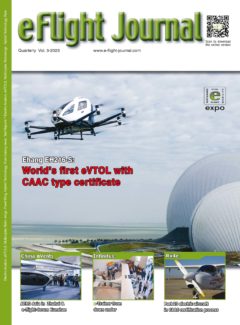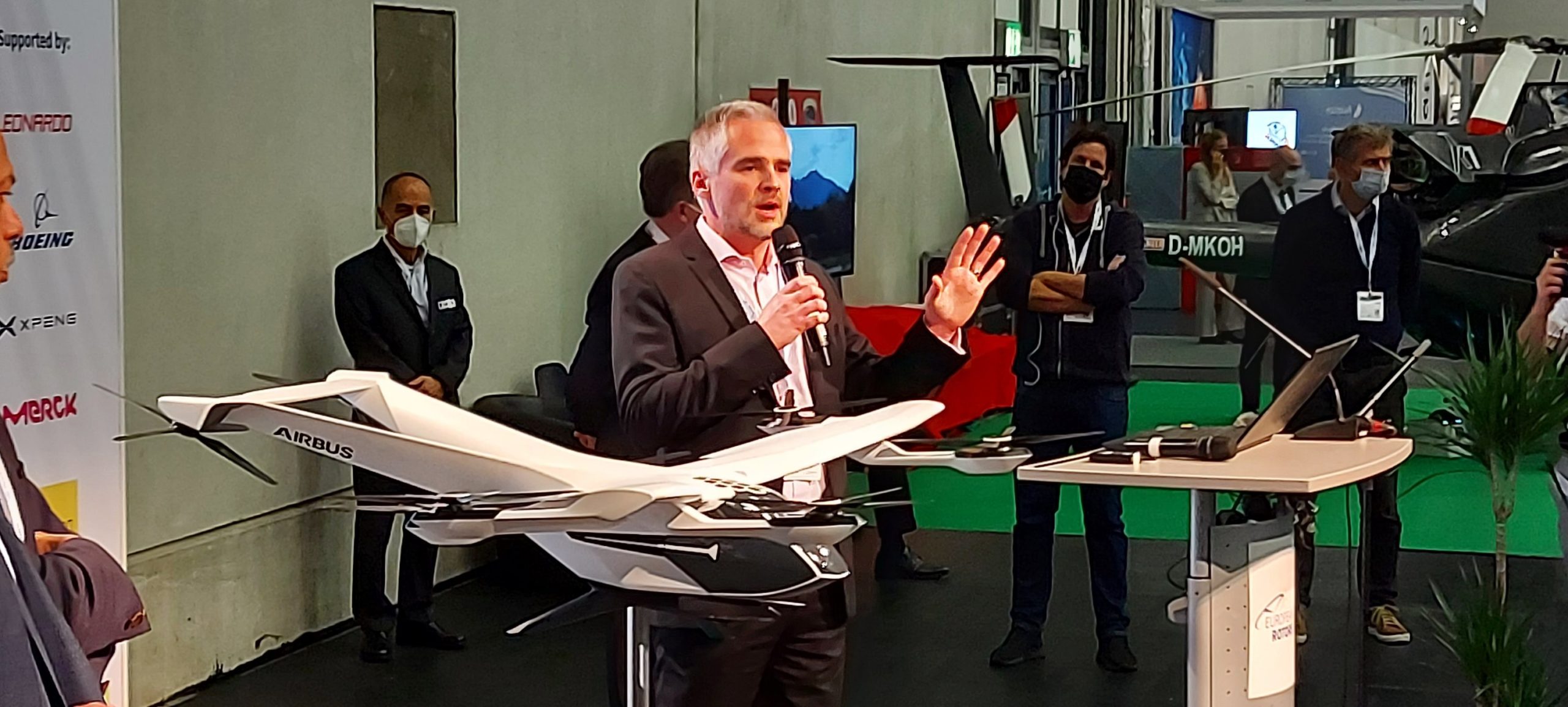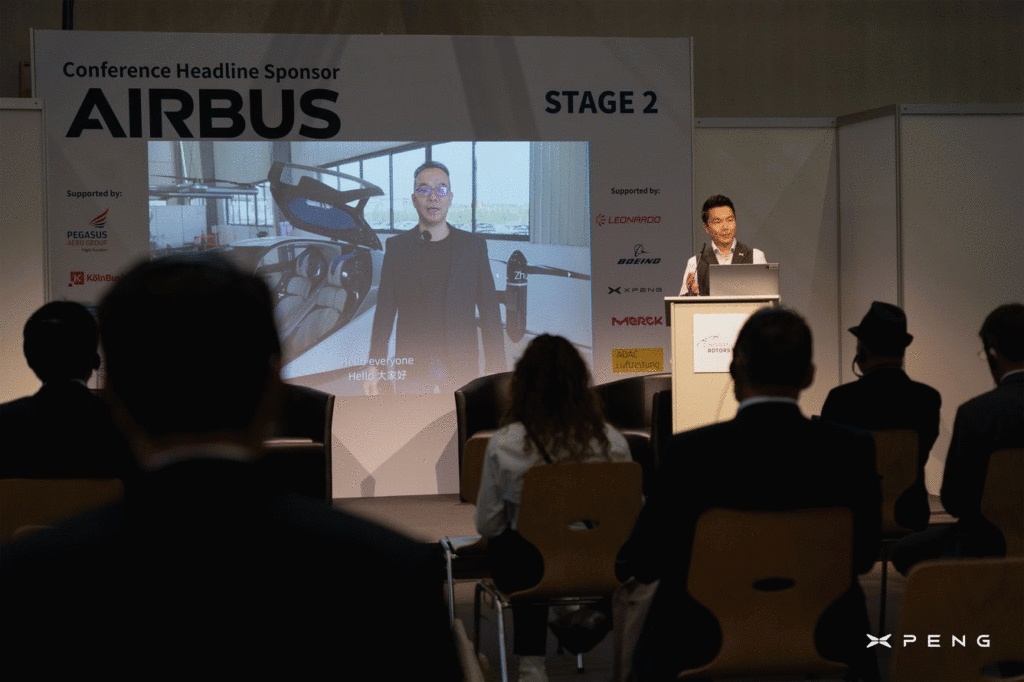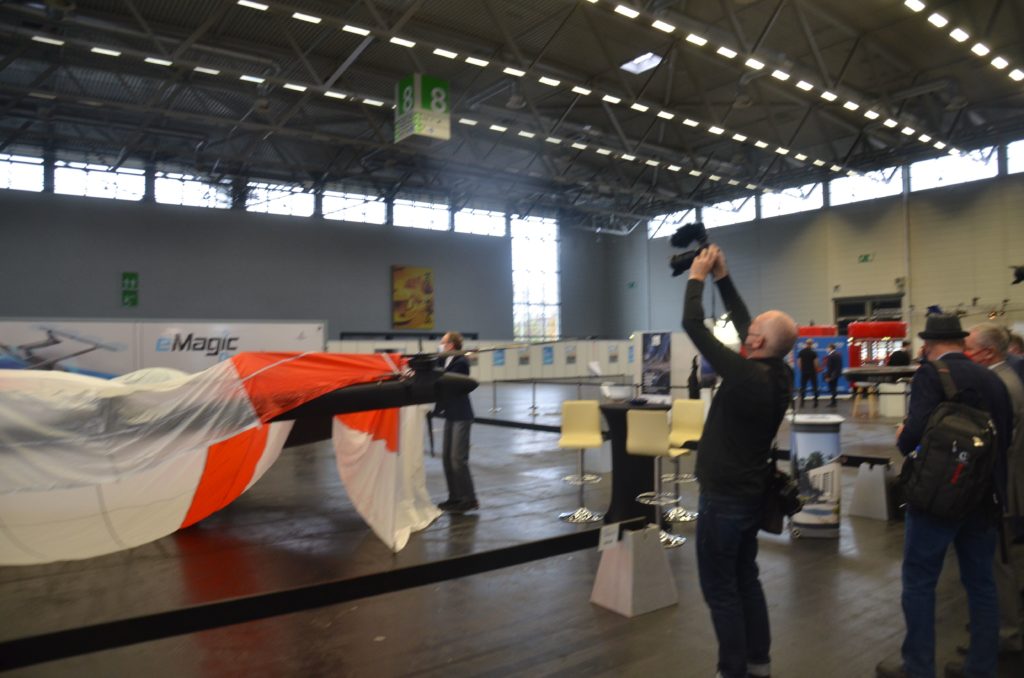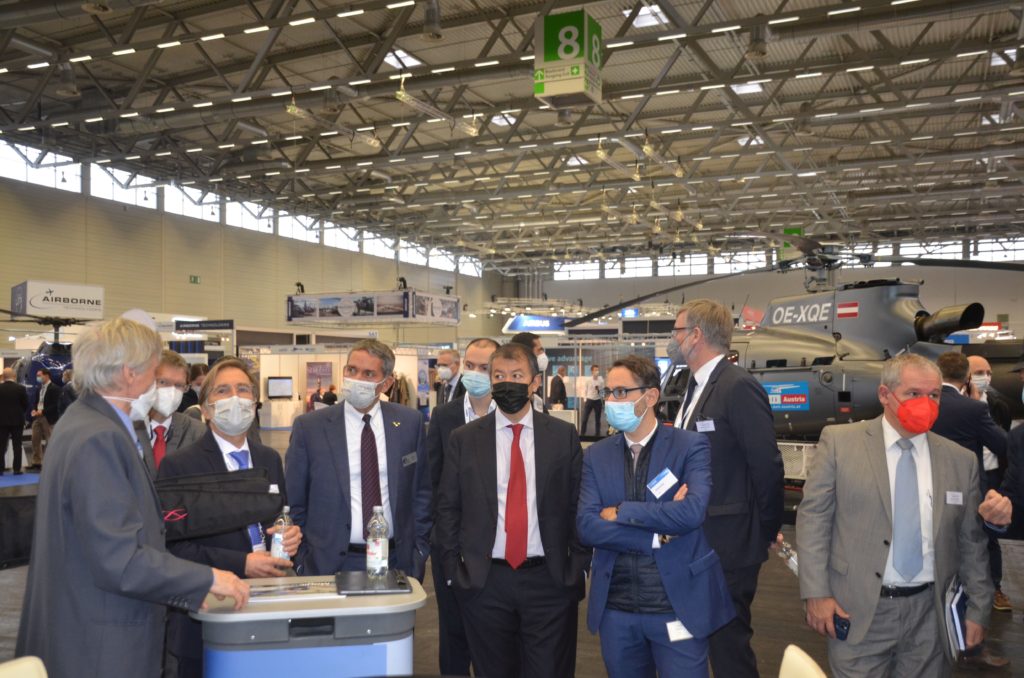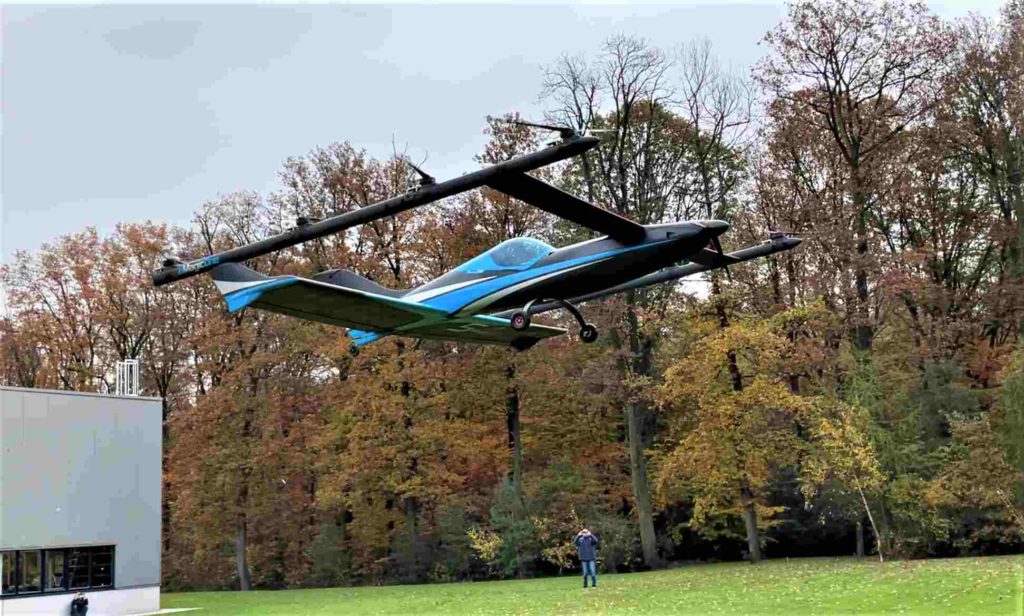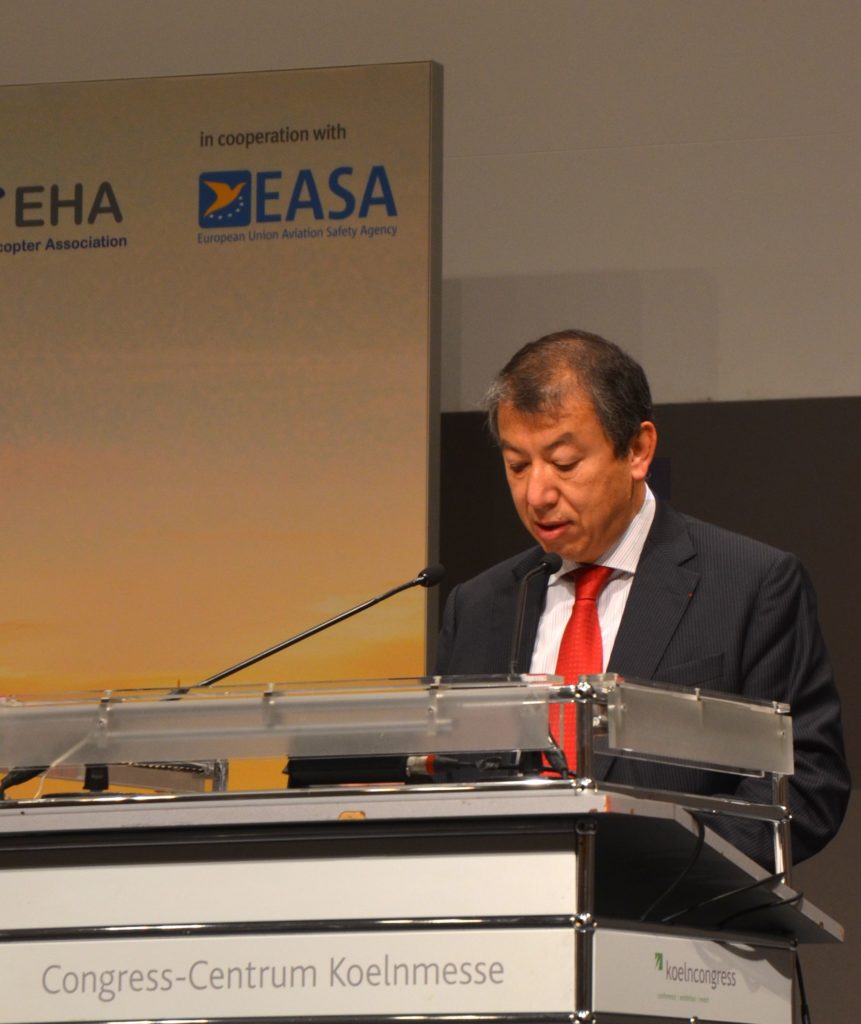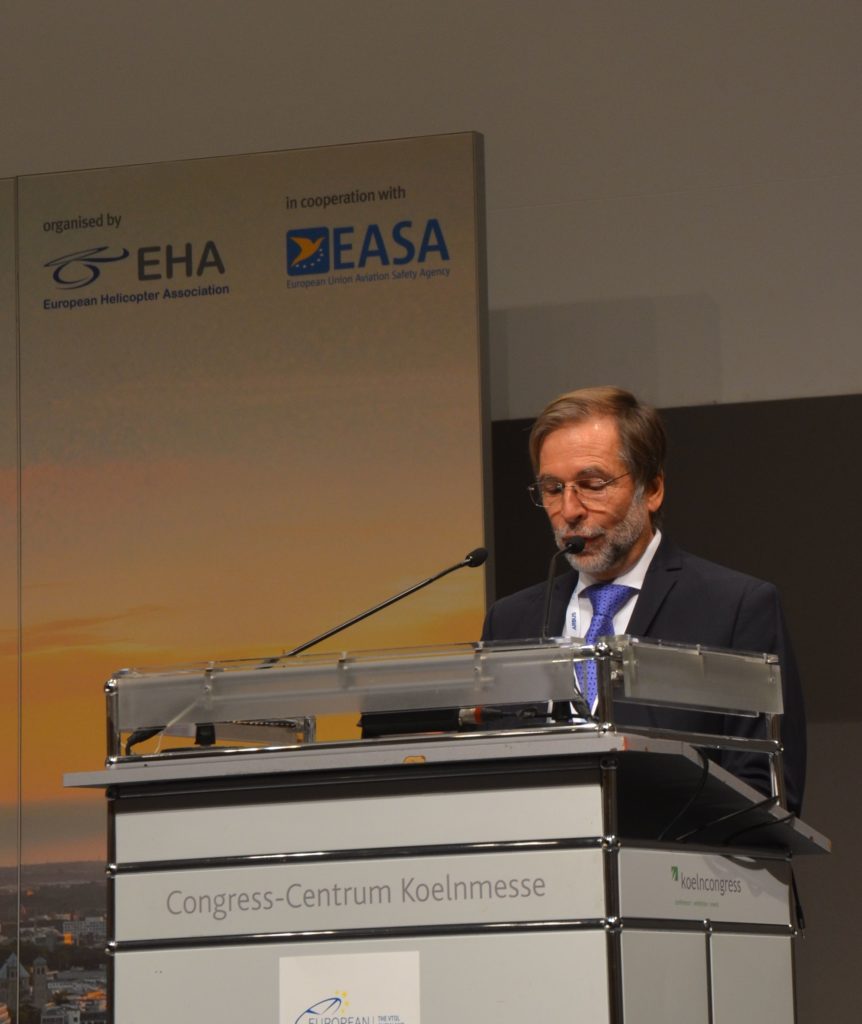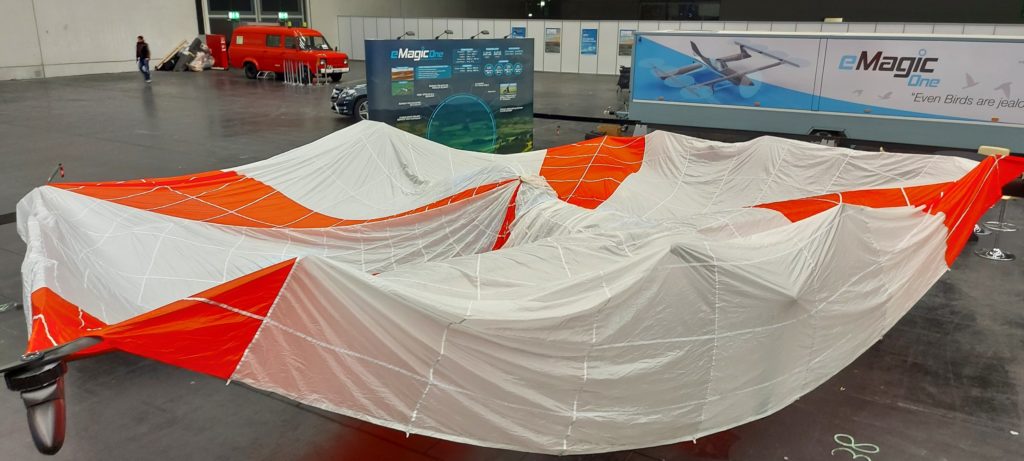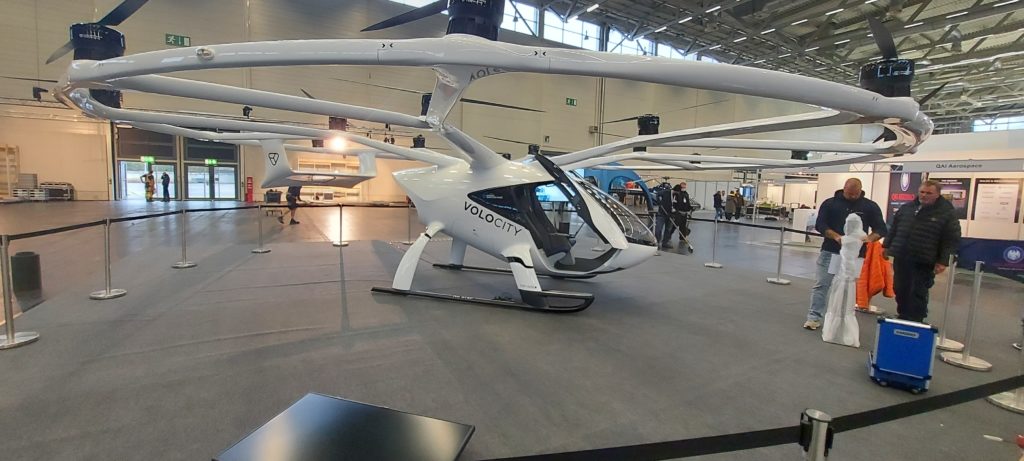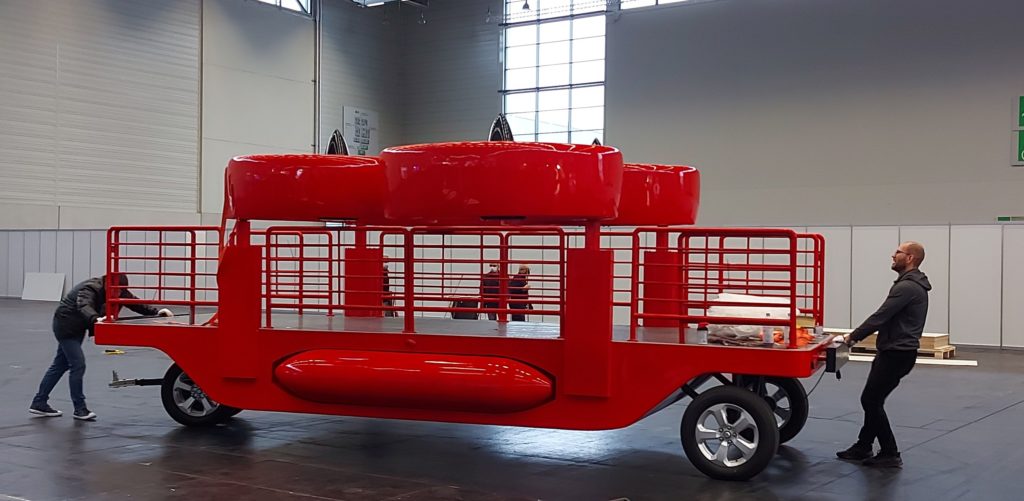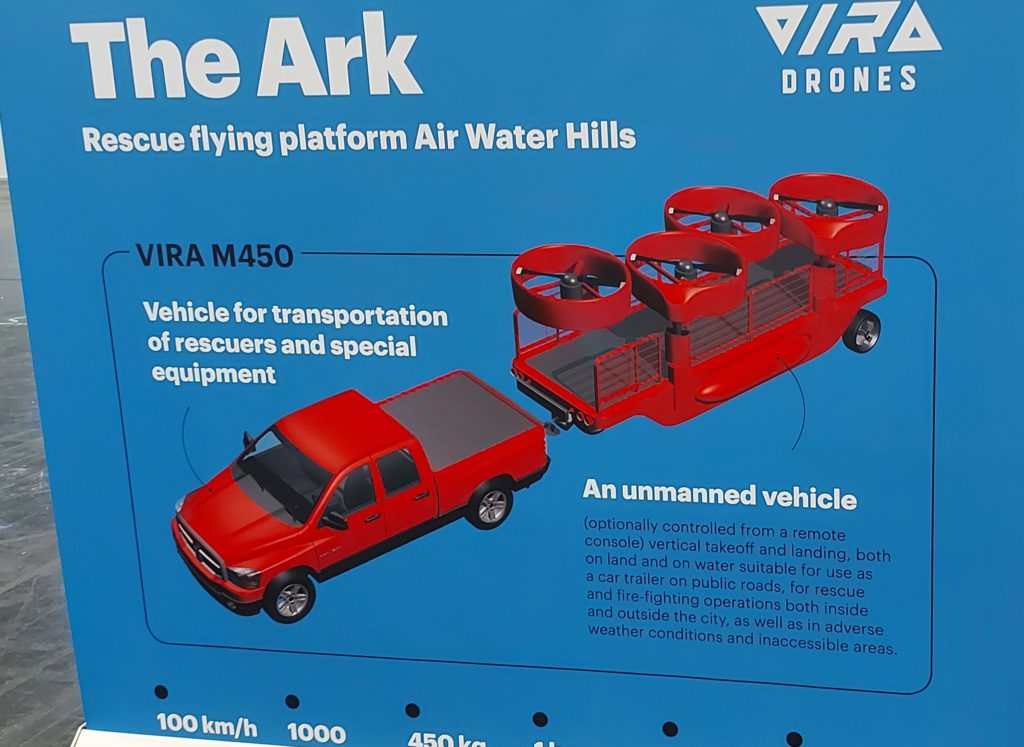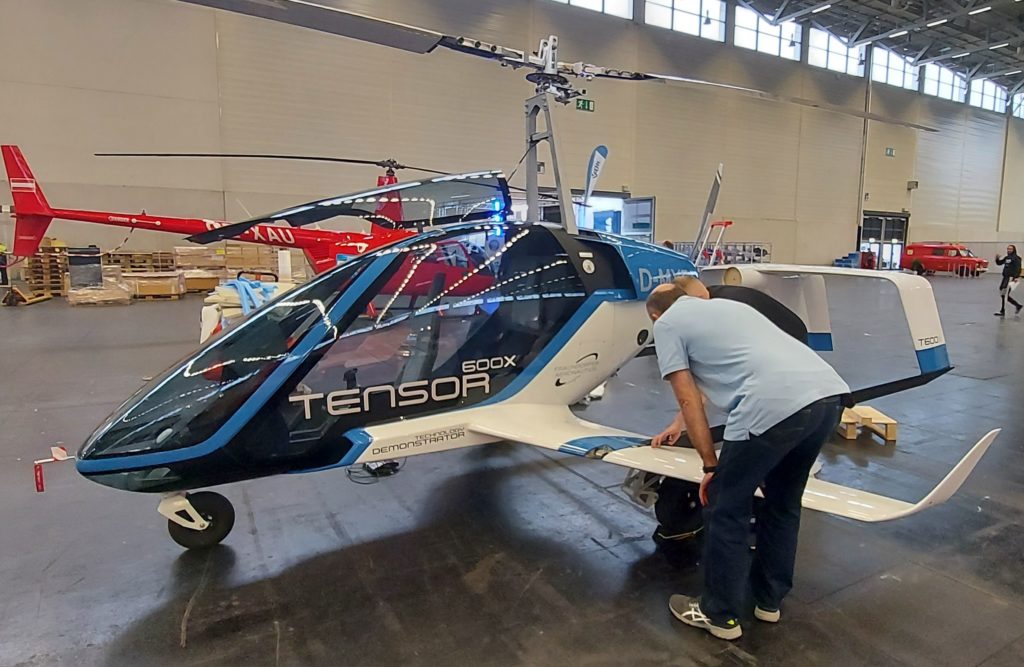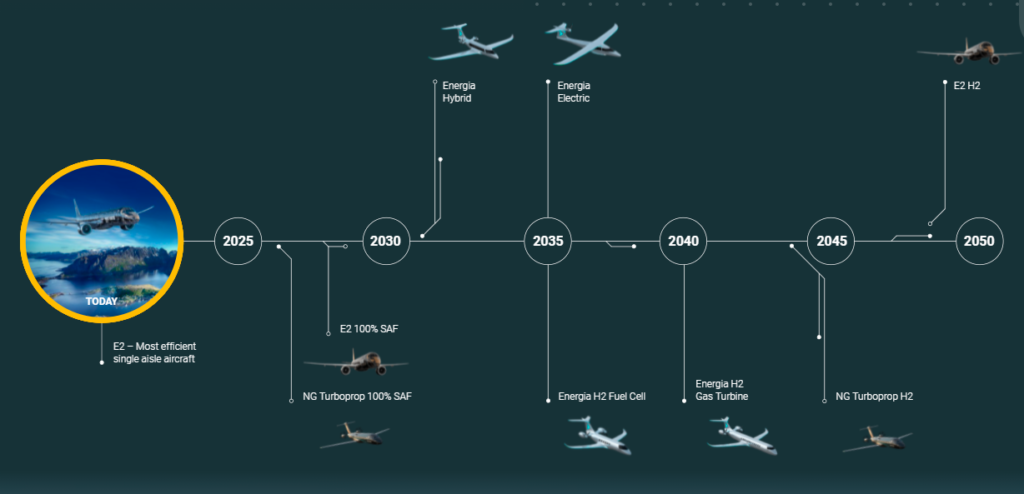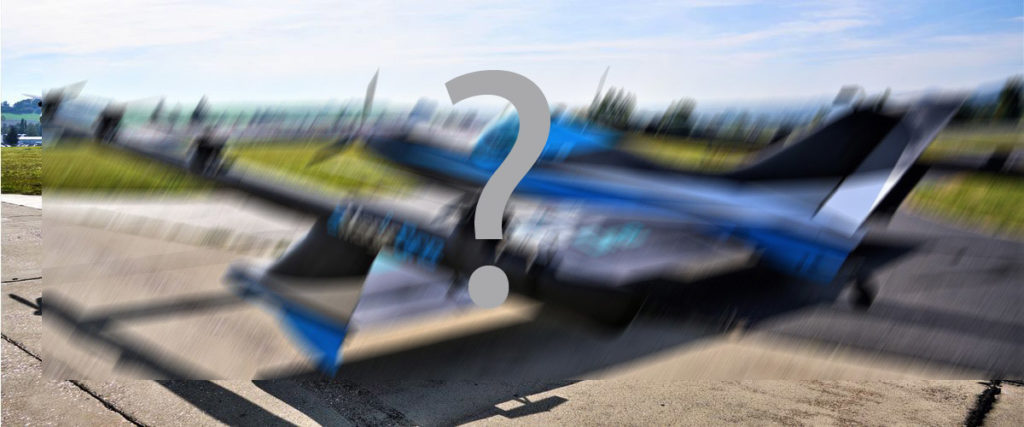The German Aerospace Center DLR is has investigating the overall system of a hybrid-electric short-haul aircraft for up to 100 passengers together with Airbus, Rolls-Royce and Bauhaus Luftfahrt e.V..This program is part of the SynergIE joint project funded by the German Federal Ministry for Economic Affairs and Energy (BMWi).
Research efforts are focused on new aircraft configurations that can be successfully operated commercially with significantly lower emissions and reduced noise pollution. As a final design for an aircraft with distributed hybrid-electric propulsion, the researchers selected and evaluated a concept with turbogenerators in the fuselage and 10 electric motors along the leading edge of the wing as the best solution out of the various possible arrangements. The optimal design and installation of the propellers makes it possible to reduce the chord of the wing and size of the rudder, and thus reduce energy consumption by approximately 10 percent.

“In conventional regional aircraft, the wings are often oversized in order to achieve good performance during take-off and landing,” explains Martin Hepperle from the DLR Institute of Aerodynamics and Flow Technology. “These aircraft then have excessively high energy consumption during cruising flight.”
The flight characteristics of the prototype have already been tested in the DLR AVES flight simulator. In future, remaining questions on the aeroacoustics of the distributed propellers and on optimal flap systems for landing approaches are to be resolved.
